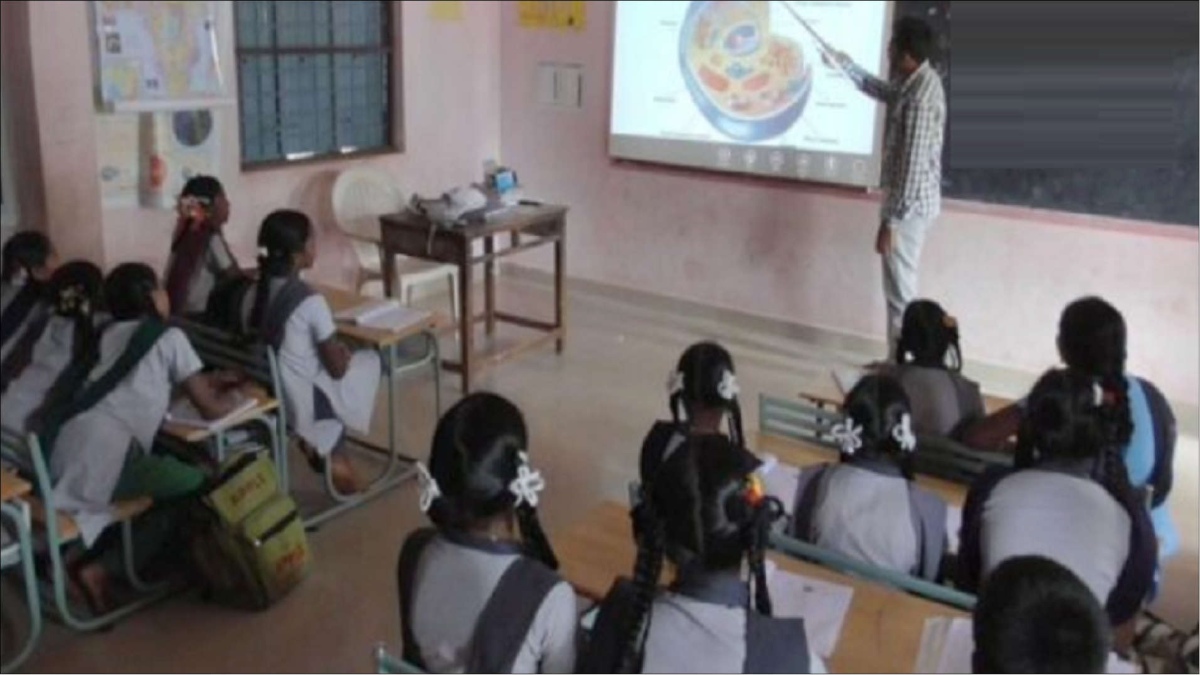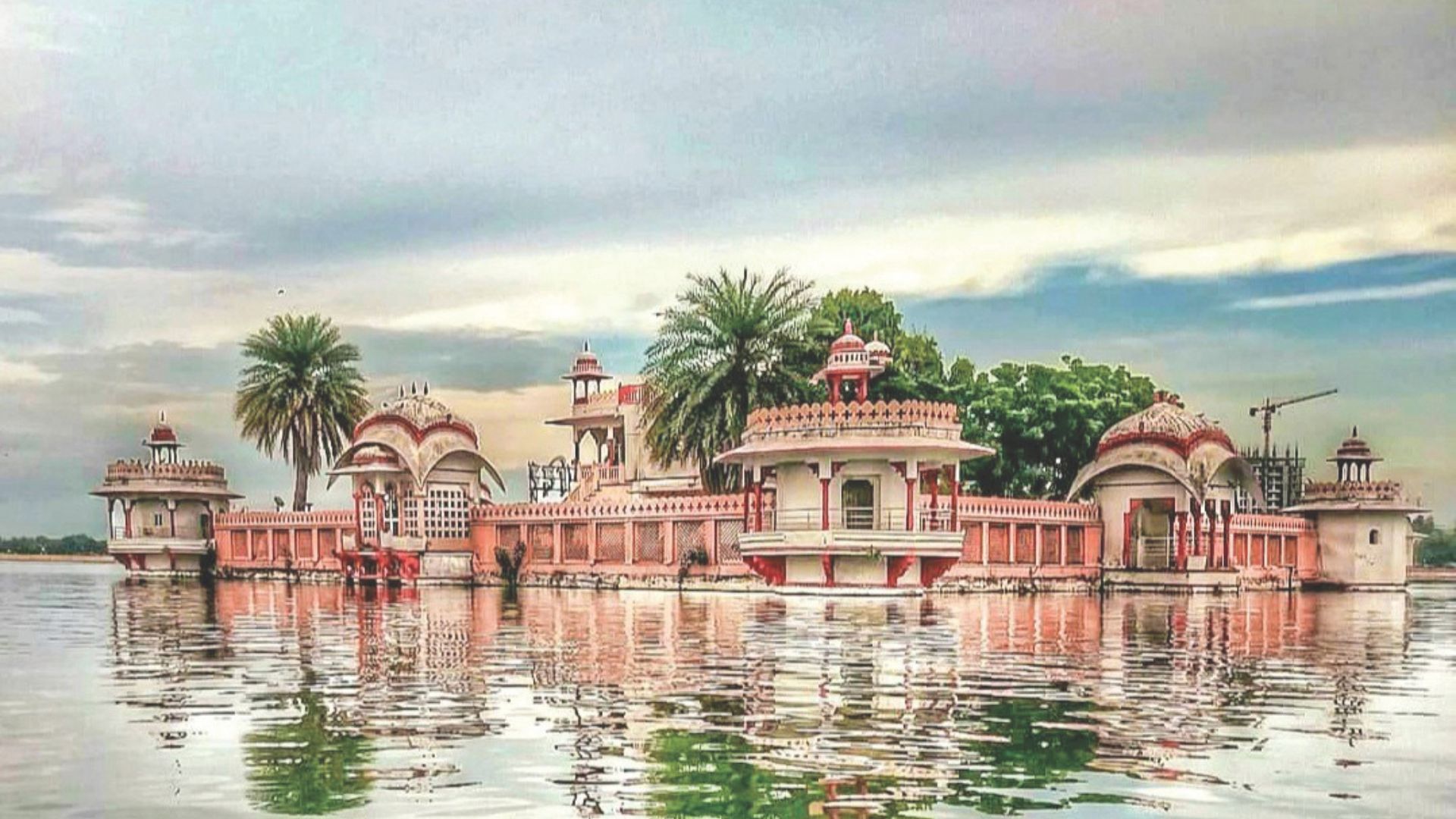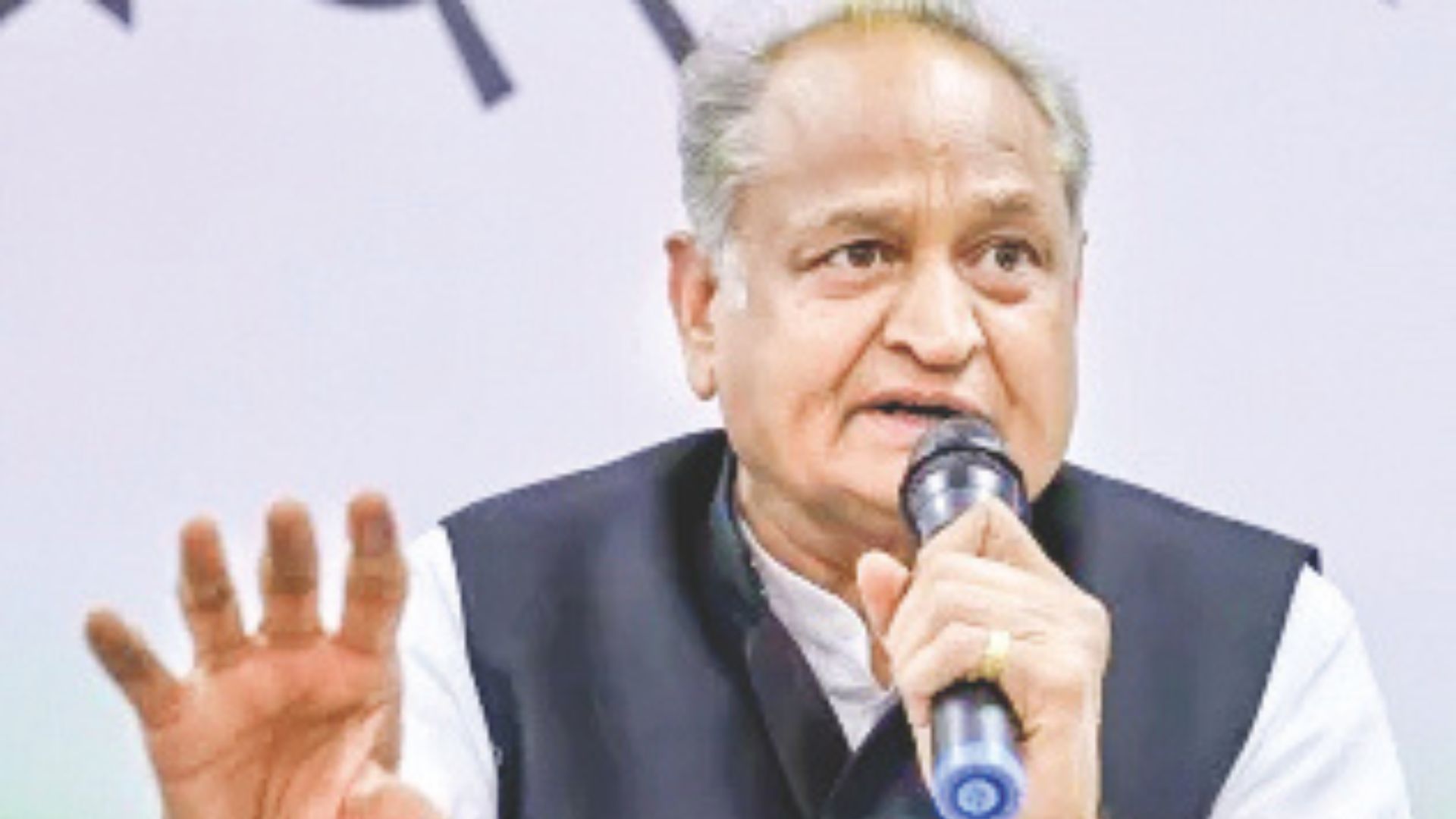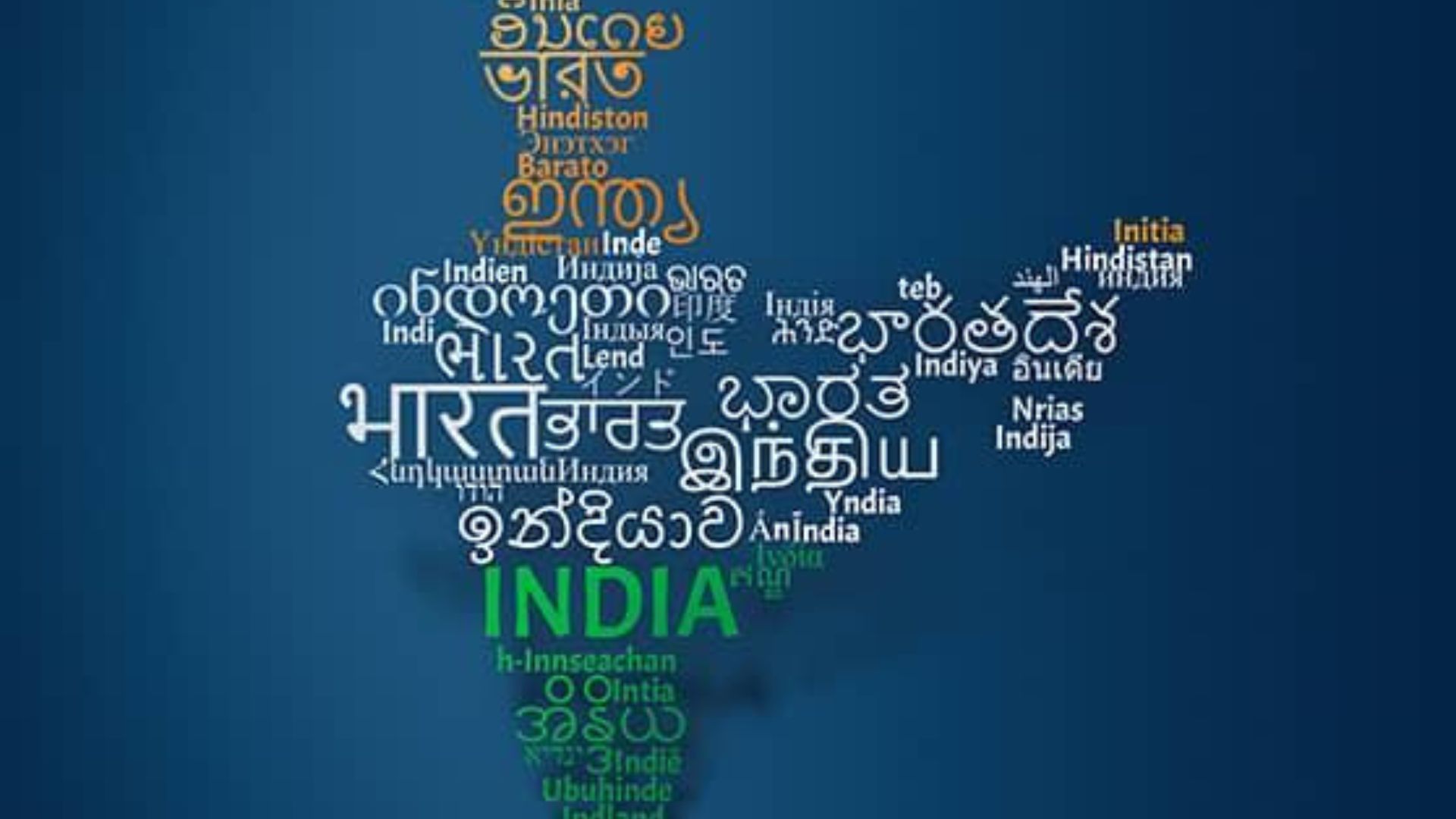
In ‘a sorry state of affairs’ when Parliament ceases to be a forum of enlightening debate and discussion, and when ‘privilege’ is invoked to block scrutiny by a parliamentary committee, it is propitious that the recommendation of the National Commission of Protection of Child Rights (NCPCR) to bring all minority-run schools under the purview of Right to Education Act (RTE Act) and Sarva Shiksha Abhiyan (SSA), has generated a new debate. The NCPCR also backed reservations for students from minority communities in such schools after its survey found a large proportion of non-minority students studying in these schools.
The NCPCR report points out that Christians comprise 11.54 per cent of India’s minority population and run 71.96 per cent of schools and Muslims with 69.18 per cent minority population run 22.75 per cent of the schools of the minorities. Sikhs comprise 9.78 per cent of the minority population and run 1.54 per cent of schools. Buddhists with a 3.83 per cent population run 0.48 per cent of schools, and Jains with 1.9 per cent population run 1.56 per cent of minority schools. The report finds a surge in the number of schools securing Minority Statusafter the 93rd Constitution Amendment, with more than 85% of schools of the total schools securing the certificate in the years 2005-2009. A second surge was seen in 2010-14, after the 2014 judgement of the Supreme Court in Pramati Educational & Cultural Trust v. Union of India making the RTE Act inapplicable to minority schools.
The NCPCR has, therefore, recommended to the GoI to bring all minority schools, including Madrasas under the purview of the RTE Act and SSA and also recommended reservations for students from minority communities in such schools in view of its finding that 74 per cent of students in Christian missionary schools belonged to non-minority communities, and overall, 62.50 per cent of students in such schools belonged to non-minority communities. The report also points out that many schools have registered as minority institutions to thwart the implementation of the RTE Act. Some of the conclusions are contentious, for instance, the number of students studying in Christian schools as against the students of the majority community studying in them. However, let me confine here to the limited questions of bringing the minority-run educational institutions within the ambit of the RTE Act and whether such an action would impinge on the Cultural and Educational Rights of the Minorities. The moot point is, can the minorities, permitted to run educational institutions under the protective umbrella of Article 30, contravene Article 21(A) which protects a child’s fundamental right to education. Another cause of serious worry is after the Pramiti judgement, placing minority schools outside the purview of the RTE Act, there is no compulsion to admit students from disadvantaged backgrounds even those belonging to the minority communities.
Under the Indian Constitution, all minorities, whether based on religion or language, have the right to establish and administer educational institutions of their choice. Article 29 protects the interests of the minorities by making a provision that any section of citizens residing in the territory of India, having a distinct language, script or culture have the right to conserve the same. It further mandates that no discrimination would be done by the State on the ground of religion, race, caste, language, or any of them for admission in educational institutions maintained by the State. Article 30 guarantees the right of minorities to establish and administer educational institutions of their choice and bars the State from discriminating against such institutions on the ground that they are under minority management in the matter of grant in aid. The Parliament inserted Article 21A in the Constitution vide Eighty-sixth Constitution Amendment, making it incumbent that the State shall provide free and compulsory education to all children of the age of six to fourteen years in such manner, as the State may, by law, determine. The amendment also substituted Article 45 which now reads, “The State shall endeavour to provide early childhood care and education for all children until they complete the age of six years.” Besides, it inserted clause (k) in Article 51A casting an obligation on the parent or guardian to provide opportunities for education to his child or ward between the age of six and fourteen years.
The 93rd Amendment added clause (5) to Article 15, which enables the State to make any special provision, by law, for the advancement of any socially and educationally backward classes of citizens or for the Scheduled Castes or the Scheduled Tribes in so far as such special provisions relate to their admission to educational institutions including private educational institutions, whether aided or unaided by the State, other than the minority educational institutions referred to in clause (1) of Article 30. To give effect to the constitutional provisions, the Parliament enacted The Right of Children to Free and Compulsory Education Act, 2009, (RTE Act).
The recommendation of the NCPCR, a statutory body set up under the Commissions for Protection of Child Rights Act, 2007, has caused anxiety in some sections of the minorities. There is an apprehension that by bringing the minorities-run educational institutions under the ambit of the RTE Act and the SSA, it would violate the fundamental Cultural and Educational Rights of the Minorities guaranteed by Articles 29 and 30. The expression ‘minorities’ in Article 30 is not defined in the Constitution. However, Section 2 (c) of the National Commission for Minorities Act, 1992 notifies Muslims, Sikhs, Christians, Buddhists, Jain, and Zoroastrians (Parsis) as minority communities. The question is if the minorities-run educational institutions are brought under the ambit of the RTE Act and the SSA, will it curb, control, or erode the fundamental Cultural and Educational Rights of the minorities. To answer this question, let’s have a closer look at the aims and objects of the RTE Act. Education, being a Concurrent field of legislation under the Constitution, the RTE Act casts an obligation on the appropriate Governments and local authorities to provide and ensure admission, attendance, and completion of elementary education by all children in the 6-14 age group. The RTE Act also requires all private schools to reserve 25 per cent of seats for children of weaker sections whose stipulated fee would be reimbursed by the State. The Right to Education of Persons with Disabilities until 18 years of age is reinforced by the Persons with Disabilities Act, 2016, and the SSA. The SSA, launched in 2002-2003 in partnership with the State Governments and Local Self Governments, aims to provide education for all. Now rechristened as Samagra Shiksha, it subsumes the three Schemes of SSA, Rashtriya Madhyamik Shiksha Abhiyan and Teacher Education. It is now Government of India’s flagship programme for the achievement of Universalisation of Elementary Education in a time-bound manner in a mission mode, as mandated by the 86th amendment, making free and compulsory education to the Children of 6-14 years age group.
The SSA envisages opening of new schools in those habitations which do not have schooling facilities and strengthening the existing school infrastructure through the provision of additional classrooms, toilets, drinking water, playgrounds, boundary walls, maintenance grant, and school improvement grants. Also, schools with inadequate teacher strength are provided with additional teachers, while the capacity of existing teachers is being strengthened by extensive training, grants for developing teaching-learning materials, and strengthening of the academic support structure at a cluster, block, and district level.
The rights of minorities to establish and administer educational institutions of their choice under Article 30 have become litigious due to misplaced apprehension and fear of interference by the State. Regulations for maintaining academic standards, ensuring proper infrastructure, health, and sanitation, etc. cannot be construed as violative of Article 30 in view of the provisions contained in Articles 19, 21A, and 26. The Pramati judgment failed to notice that besides the 25 per cent quota in Section 12(1)(c), the RTE Act also has provisions on infrastructural norms, pupil-teacher ratio, prohibition on screening tests, and capitation fee and ban on corporal punishment, etc. These provisions benefit both the students and the minority community. Moreover, the judgement did not consider the fact that the government-aided minority schools stand on a different footing from their unaided counterparts, and as such are subject to regulations in order that all children receive free, compulsory, and quality education.
All regulative measures which are not destructive or annihilative of the character of the institution established by the minority, have been held valid by the judiciary. In the Ahmedabad St. Xavier’s College case (AIR1975), while considering the importance of teachers in an educational institution, Ray C.J. in his leading judgment observed, “The minority institutions have the right to administer institutions. This right implies the obligation and duty of the minority institutions to render the very best to the students [….] checks and balances in the shape of regulatory measures are required to ensure the appointment of good teachers and their conditions of service.” It was further stated that “regulations which will serve the interests of the teachers are of paramount importance in good administration.”According to Khanna, J., “The regulations have necessarily to be made in the interest of the institution as a minority educational institution. They have to be so designed as to make it an effective vehicle for imparting education”, and “Regulations made in the true interests of efficiency of instruction, discipline, health, sanitation, morality, public order and the like may undoubtedly be imposed.”
Justice Khannaalso cautioned, “The minority institutions cannot be allowed to fall below the standards of excellence expected of educational institutions, or under the guise of exclusive right of management… Balance has, therefore, to be kept between the two objectives, that of ensuring the standard of excellence of the institution and that of preserving the right of the minorities to establish and administer their educational institutions. Regulations which embrace and reconcile the two objectives can be considered to be reasonable.” These observations were quoted, and concurred in, by the Supreme Court in Sk Md. Rafique vs Managing Committee, in their judgement delivered in January, 2020, setting aside the judgement of the Single Judge of the Calcutta High Court, and upholding the West Bengal Madrasah Service Commission Act, 2008. The Supreme Court held that the State has the right to introduce a regulatory regime in the national interest to provide minority educational institutions with well-qualified teachers so that they can achieve excellence in education.
It would be worthwhile to mention that an eminent scholar like Faizan Mustafa has termed the judgement per incuriam, i.e., contrary to law. However, in the light of a catena of judgements of the apex court, minority institutions cannot ignore or contravene the regulations issued by the State which aim to strengthen the reach of quality education to all children. The children belong to the State, regardless of their religion, and it is the paramount constitutional obligation of the State to strive incessantly to provide universal access to quality education to all children regardless of their religion, gender or community. The objective of the successive National Policies on Education has been to provide universal access to quality education and promote lifelong opportunities for all. India is a signatory to Sustainable Development Goal 4 (SDG4), and committed to attaining these goals which are in accord with the philosophy, and specific provisions, of the Constitution. The RTE does not bar the minority-run institutions to choose their own management, appoint teachers and staff subject to their fulfilling the necessary norms and standards of education, admit eligible students, have a reasonable fee structure, and use their properties and assets for their institutional benefit subject to the laws of the land. The provisions of the Constitution have to be construed harmoniously to give to each one of them. It is time to review the Pramati Judgement.
The author is a former Addl Secretary of India and a member of the Delhi Bar Council. Views expressed are personal.















